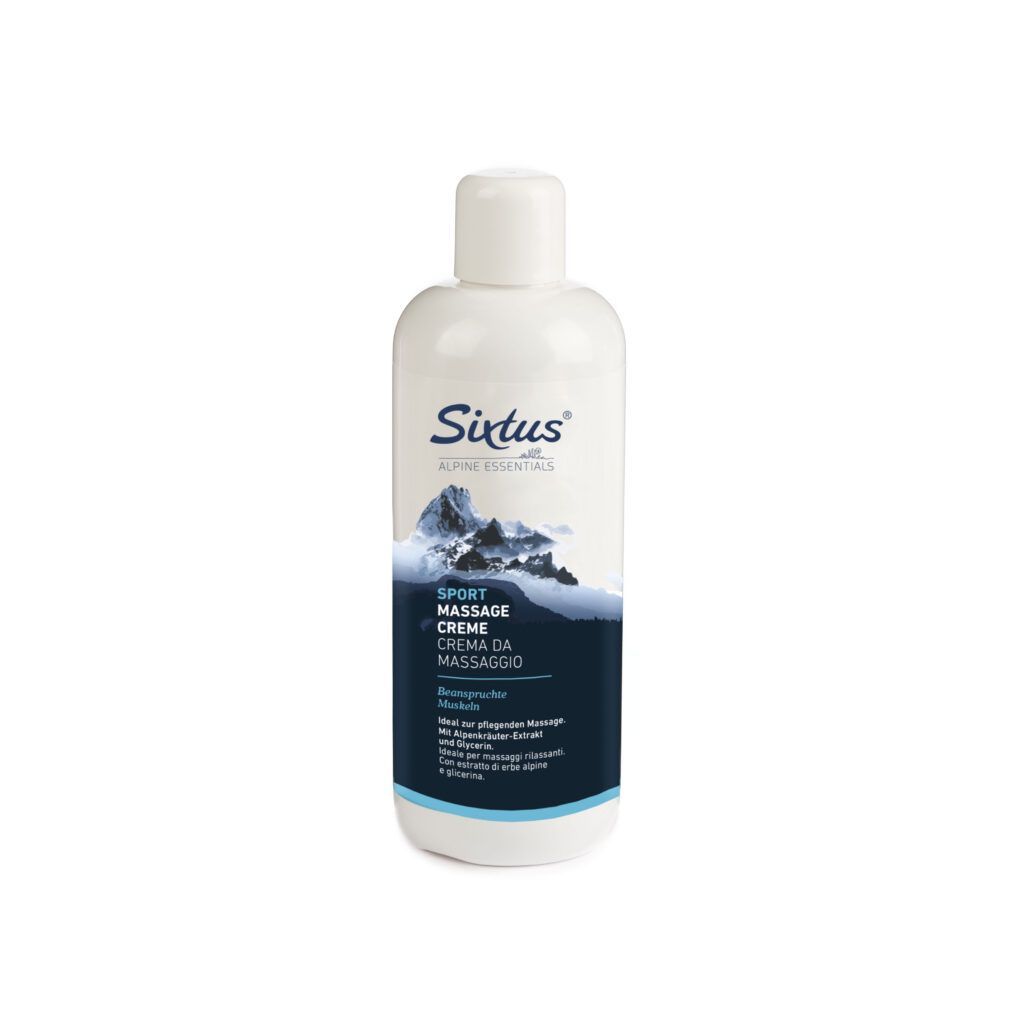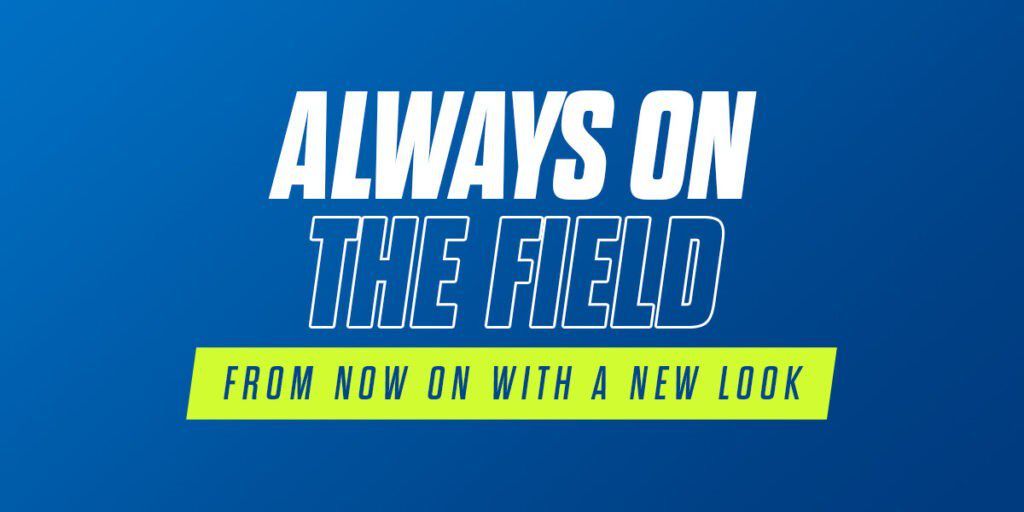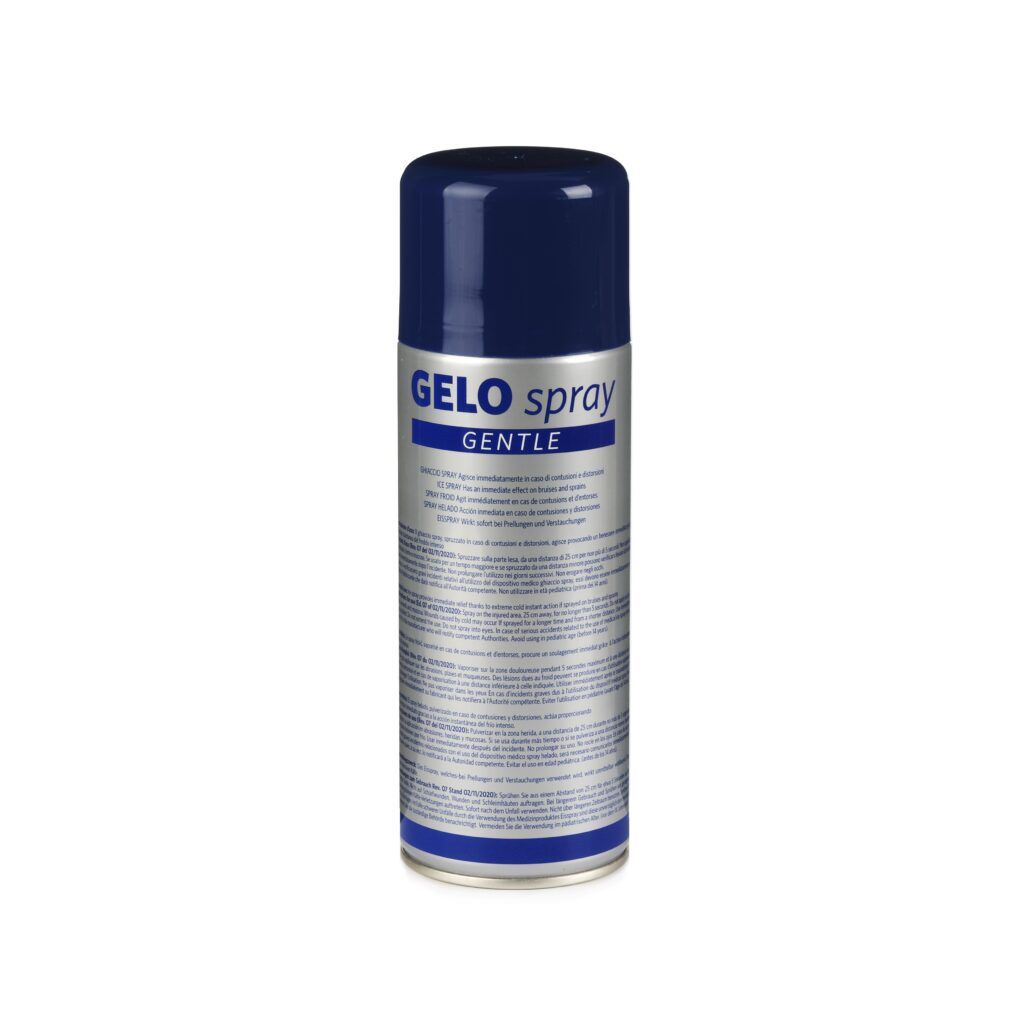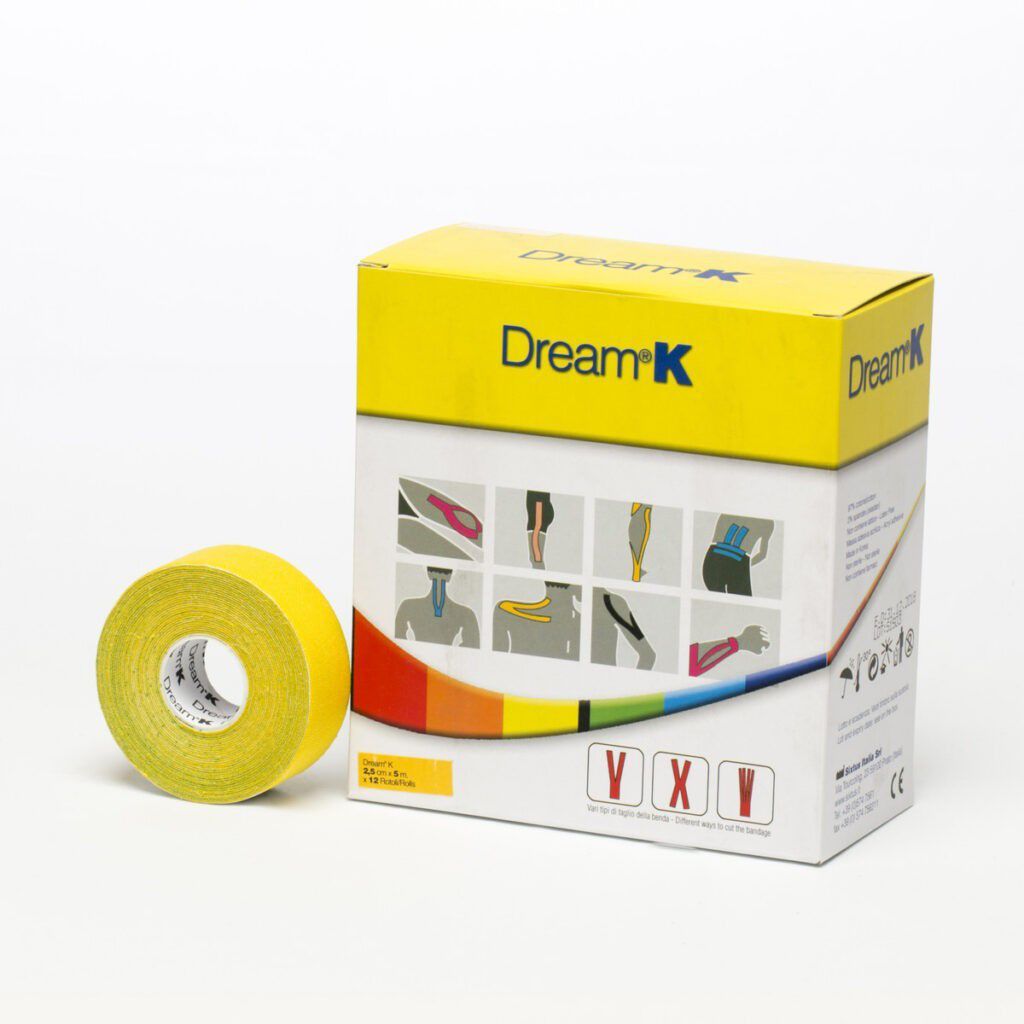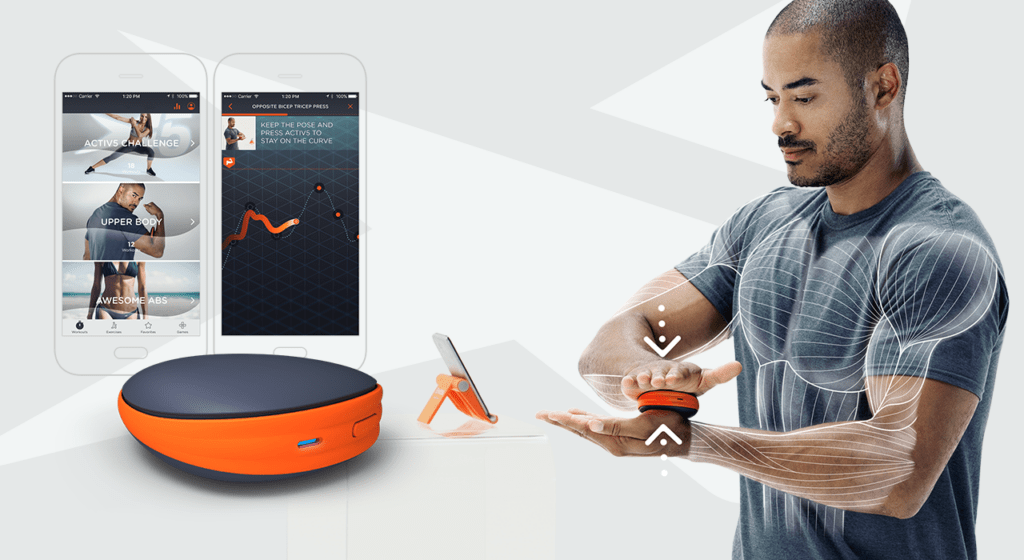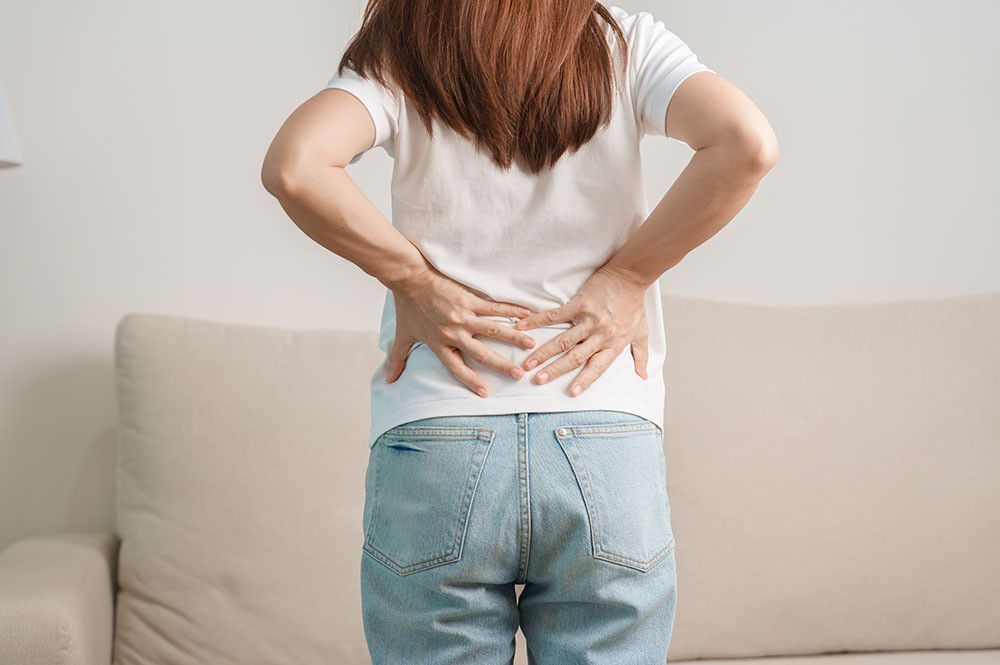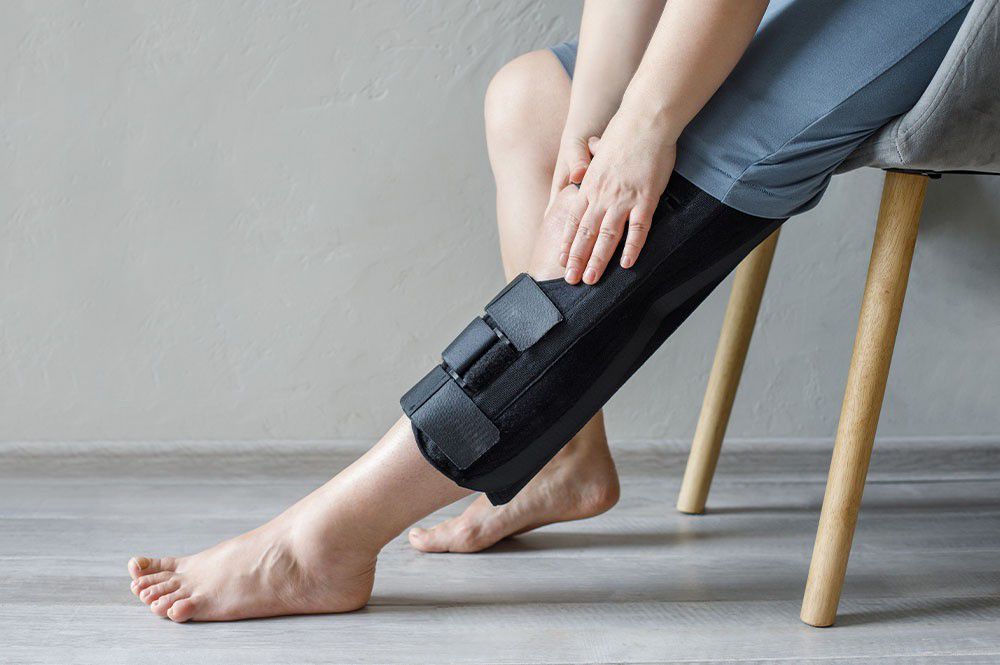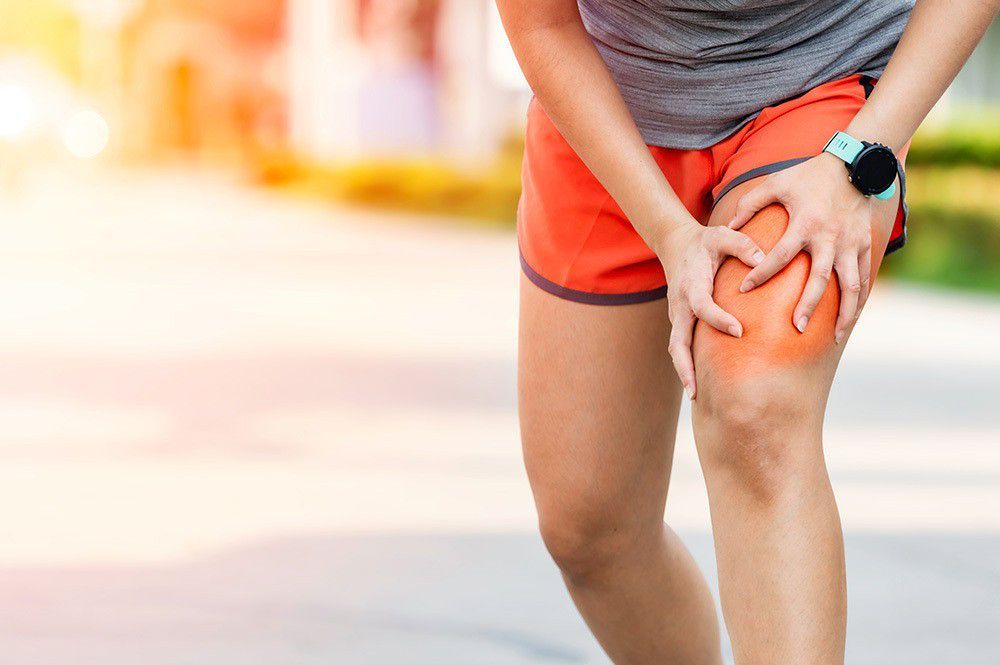Shoulder: rotator cuff tendon injury
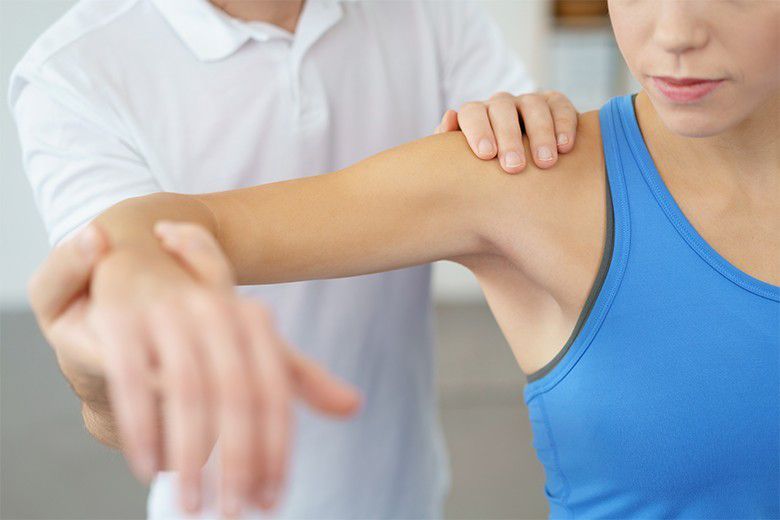
- 1 Rotator cuff tendon injury
- 2 Causes
- 3 Diagnosis
- 4 Recovery time
- 5 Physiotherapy treatment
Cuff muscles
A group of four muscles in the shoulder is called the rotator cuff: these four muscles originate from the scapula and unite in a tendon cap that attaches to the head of the humerus.
Their task is to keep the humeral head centred in the (almost flat) socket of the scapula, which is smaller than the humeral head, to stabilise the joint and move the upper arm.
The muscles that make up the rotator cuff are:
-Supraspinatus muscle;
-Subspinatus muscle;
-Small round muscle;
-Subscapularis muscle.
In most cases of rotator cuff injury, the tendons detach from the bone, especially the supraspinatus tendon.
Causes and symptoms of rotator cuff injuries
A rotator cuff injury can result from an accident, i.e., a traumatic one.
A traumatic tear is painful and often associated with acute functional impairment or loss of strength.
A degenerative injury, conversely, is gradual wear due to constant pinching of the tendon under the acromion or in connection with reduced blood circulation in the tendon.
The symptoms of a degenerative rotator cuff injury develop more slowly but may resemble those of an accidental injury.
Diagnosis of rotator cuff injuries
A rotator cuff injury can often be suspected after a targeted clinical examination. X-rays, an ultrasound examination, and magnetic resonance imaging (MRI) are performed to confirm the diagnosis and as a basis for treatment recommendations.
The MRI is necessary to plan an operation to assess the configuration of the lesion and the condition of the muscles.
Conservative or surgical treatment
In a study of more than 7074 patient surveys conducted since 2010, approximately 53.8% (3805 cases) required rotator cuff repairs.
Treating a rotator cuff injury does not follow any generally accepted principles.
The decision as to which treatment method is the right one in which situation depends heavily on individual factors.
In addition to the MRI results, the configuration of the injury and its clinical impact, occupational requirements, age, and sporting activity play a decisive role.
Pain can be relieved with medication and injections into the shoulder joint.
At the same time, physiotherapeutic measures help to improve arm function. However, a tendon injury cannot heal independently because the tendon becomes distant from the bone or muscle.
Some tendon injuries remain stable for a long time and can be treated conservatively, i.e., without surgery. If the injury enlarges, this often leads to muscle atrophy, which cannot be resolved with reconstructive surgery.
Surgical therapy is usually recommended in the case of an acute injury with significant loss of function or an insufficient response to conservative therapy.
Surgical treatment: Rotator cuff arthroscopy
This operation is performed for minor, non-mechanically relevant injuries or extensive tendon injuries that cannot be reconstructed technically.
Disturbing or unstable tendon parts are removed or loosened, and post-inflammatory scar processes are removed.
This operation aims to reduce pain, and immobilisation is usually unnecessary. Rehabilitation is essential and brief, but it is never simple or identical from one case to the other.
Arthroscopic tendon repair (tendon suturing)
Although open surgery still gives good results, arthroscopic reconstruction is now preferred in most cases. After a much more detailed evaluation of the anatomical conditions and structural changes, this technique allows a precise reconstruction while protecting the surrounding tissue.
The aim of the operation is to attach the injured tendons to the bone so that they can heal and reposition themselves.
The tendons are permanently fixed through suture anchoring systems.
At the same time, the tendon passage under the acromion is often widened by removing part of the bone from the lower surface of the acromion (acromioplasty). Reducing pain and optimising strength and function are as essential as restoring dynamic joint centring.
Other surgical treatment methods
A special surgical technique is also used to support the tendon healing process. Unfortunately, despite improved surgical procedures and new materials for rotator cuff reconstruction, reconstructed tendons occasionally rupture again.
The favorable properties of the bursa tissue are used to enhance tendon healing: the healthy part of the bursa is sewn onto the repaired shoulder tendon. In addition to the low mechanical reinforcement, this can mainly cause a biological strengthening of the tendon because the bursa tissue has a very high concentration of stem cells, which can positively affect healing. In addition, the numerous blood vessels in the bursa tissue ensure better blood circulation in the tendon, promoting healing.
This technique helps shoulder tendons heal more sustainably in the long term and have less chance of recurrence.
If a tendon suture is no longer entirely possible, there are other options for treating a rotator cuff injury:
1.Partial rotator cuff reconstruction: all tendons that can be repaired are repaired, even if a complete closure of the rotator cuff is no longer possible. Partial reconstruction often significantly improves function and pain and prevents uncontrolled tearing.
2.Superior capsule reconstruction: sewing a piece of donor skin into the injury that can no longer be closed with the original tendon results in better joint centering.
This leads to less pain and better function.
3.Tendon transfer surgery: depending on the configuration of the tear, a muscle can be redirected and its tendon sewn into the defect.
This muscle then takes over part of the previous job, the irreparable rotator cuff.
Recovery time and rehabilitation of the rotator cuff injury after surgical treatment
After tendon reconstruction, a somewhat more complex follow-up treatment is required, usually lasting several months, with temporary immobilisation to relieve the sutured tendon.
It is the surgeon who defines in detail which treatment method is the most reliable and promising for each specific case, depending on several factors such as:
1.type of injury
2.age,
3.profession,
4.sporting activity.
Regular physiotherapy treatment is essential and must take into account all individual variables:
With routine healing, strength is only allowed again after three months.
The sports load must be adapted to the surgical method.
In the case of tendon suturing, sports involving the use of the shoulder can only be fully practised again after a maximum of three months, and in contact sports, even after five or six months.
After rehabilitation, rotator cuff reconstruction leads to pain relief or a significant reduction in pain in most cases and the restoration of shoulder function. Occasionally, a slight strength deficit remains even after reconstruction.
Rotator cuff injury of the shoulder: physiotherapy treatment
Sticking to the treatment/physiotherapy plan is important, as failure to do so can lead to more damage with further restrictions on movement.
The physiotherapist can use all manual or electromedical muscle relaxation techniques:
-decontracting massage therapy and/or lymph drainage;
-manual therapy techniques,
-stretching or PNF techniques,
-diathermy,
-hyperthermia,
-ultrasound therapy,
-magnetotherapy,
-decontracting electrostimulation,
-kinesiotaping
-cryotherapy,
-analgesic electrotherapy.
Except for cryotherapy, taping, kinesiotaping and cold diathermy in the early post-injury or post-surgery phases, most physiotherapy interventions should always begin at least 48-72 hours after injury.
It is also important to dose the phases of muscle recovery and muscle re-training, as well as to maintain (in the case of athletes) a good muscle tone for the unaffected muscles and, in general, good cardiorespiratory training.

